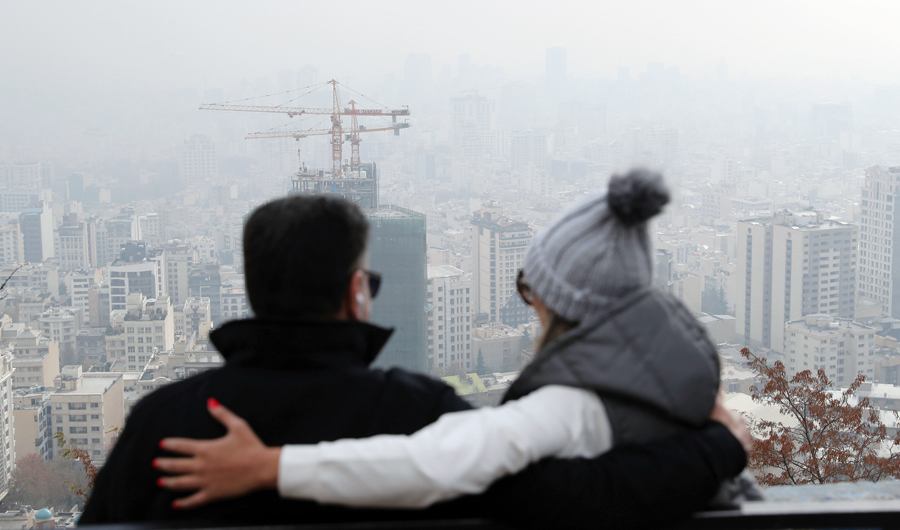Pro-vote Algerians march against ‘foreign interference’
ALGIERS: Several hundred Algerians marched on Saturday in support of a presidential election rejected by a mass protest movement that has rocked the North African country since February.
The march was organized by the UGTA trades union group which is close to the National Liberation Front of former President Abdelaziz Bouteflika, who quit in April under pressure from the street. The UGTA supported Bouteflika during his 20 years at the helm in Algeria.
Pro-regime “spontaneous” rallies have been held across the country as the Dec. 12 polling day nears, but Saturday’s was the first staged by a group close to the regime.
“No to foreign interference!” read one placard in response to a European Parliament resolution on Thursday.
The resolution condemned “the arbitrary and unlawful arrest and detainment of, attacks on and intimidations of journalists, trade unionists, lawyers, students, human rights defenders and civil society and all peaceful protesters” in Algeria.
Algiers denounced what it called “flagrant interference in its internal affairs” and a “disregard” for its institutions.
Marchers on Saturday also voiced their support for the military, whose chief Gen. Ahmed Gaid Salah has been Algeria’s de facto ruler since Bouteflika stepped down.
“The Dec. 12 vote will go ahead,” demonstrators chanted as they also railed against former colonial power France, telling its “children” — anti-vote protesters — to “get out.”
Despite protests being banned in the capital since 2001, police escorted the marchers and arrested several onlookers who shouted anti-poll slogans or insulted demonstrators.
The authorities have tolerated massive weekly demonstrations that been kept up despite Bouteflika’s departure, but they have also begun to disperse protesters in Algiers in recent weeks.
Anti-vote protesters fear the poll will cement in power politicians close to Bouteflika. The five candidates standing all either supported him or took part in his government.

Algerian protesters scuffle with police as election nears3 sentenced to prison over Algeria concert stampede deaths



